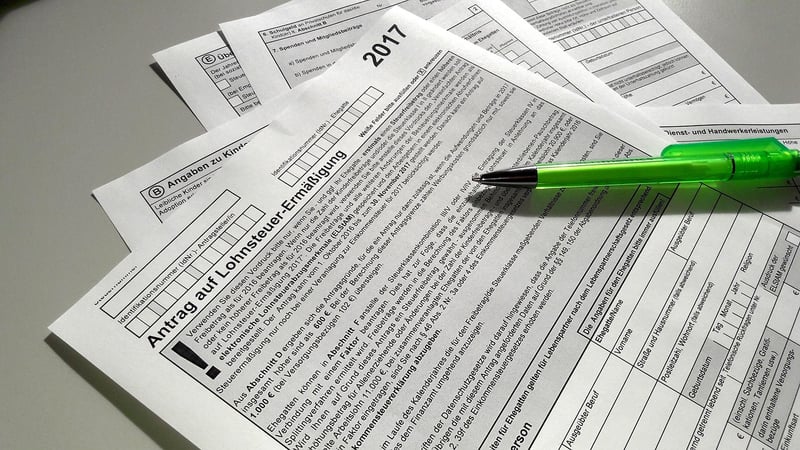Expense Breakdown
How to Stay Within Your Budget: Expense Breakdown
Creating and sticking to a budget is essential for financial stability and peace of mind. By breaking down your expenses into categories, you can better manage your finances and avoid overspending. Here's a guide to help you stay within your budget by understanding your expenses.
1. Fixed Expenses
Fixed expenses are recurring costs that remain relatively stable each month. These include rent or mortgage payments, insurance premiums, loan payments, and subscription services. It's crucial to allocate a portion of your budget to cover these expenses.

2. Variable Expenses
Variable expenses fluctuate from month to month and can include groceries, dining out, entertainment, and shopping. These expenses require more flexibility in your budgeting strategy. Tracking variable expenses can help you adjust your spending habits accordingly.

3. Savings Goals
Allocating a portion of your budget towards savings goals is essential for building financial security. Whether saving for emergencies, retirement, or a big purchase, setting specific savings targets can help you stay on track and achieve your financial objectives.

4. Debt Payments
Managing debt payments is crucial for maintaining good financial health. Whether it's student loans, credit card debt, or other liabilities, incorporating debt payments into your budget ensures that you are working towards reducing and eliminating your debts over time.

5. Miscellaneous Expenses
Unexpected or irregular expenses can arise, such as car repairs, medical bills, or home maintenance. It's wise to allocate a portion of your budget to cover these miscellaneous expenses to avoid financial strain when they occur.

By understanding and categorizing your expenses, you can effectively manage your budget and make informed financial decisions. Remember to regularly review and adjust your budget as needed to ensure your financial goals are met.
Stay within your budget and take control of your finances today!
